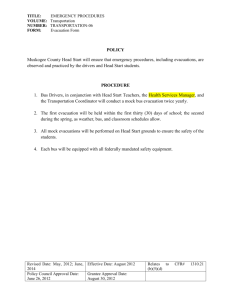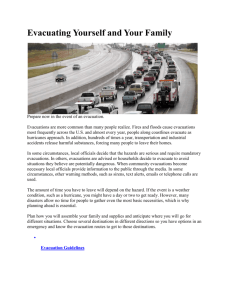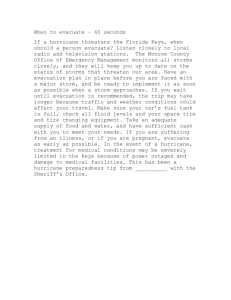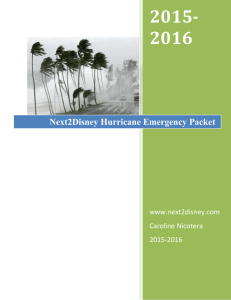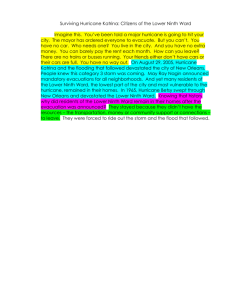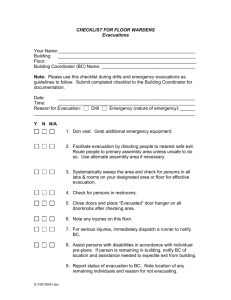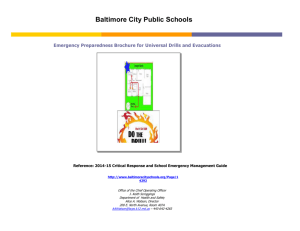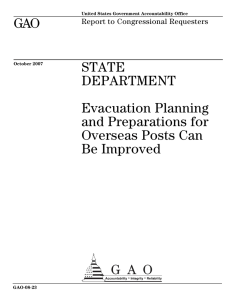Mass Evacuations for Hurricane Irene, and More to Come
advertisement
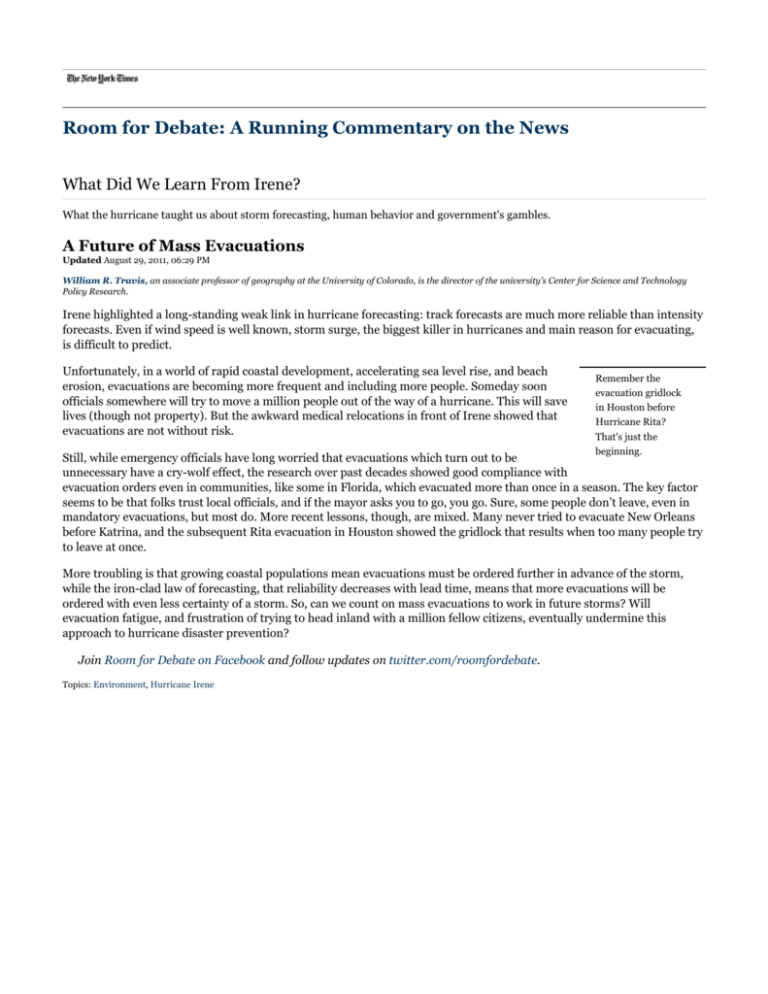
Room for Debate: A Running Commentary on the News What Did We Learn From Irene? What the hurricane taught us about storm forecasting, human behavior and government's gambles. A Future of Mass Evacuations Updated August 29, 2011, 06:29 PM William R. Travis, an associate professor of geography at the University of Colorado, is the director of the university's Center for Science and Technology Policy Research. Irene highlighted a long-standing weak link in hurricane forecasting: track forecasts are much more reliable than intensity forecasts. Even if wind speed is well known, storm surge, the biggest killer in hurricanes and main reason for evacuating, is difficult to predict. Unfortunately, in a world of rapid coastal development, accelerating sea level rise, and beach erosion, evacuations are becoming more frequent and including more people. Someday soon officials somewhere will try to move a million people out of the way of a hurricane. This will save lives (though not property). But the awkward medical relocations in front of Irene showed that evacuations are not without risk. Remember the evacuation gridlock in Houston before Hurricane Rita? That's just the beginning. Still, while emergency officials have long worried that evacuations which turn out to be unnecessary have a cry-wolf effect, the research over past decades showed good compliance with evacuation orders even in communities, like some in Florida, which evacuated more than once in a season. The key factor seems to be that folks trust local officials, and if the mayor asks you to go, you go. Sure, some people don’t leave, even in mandatory evacuations, but most do. More recent lessons, though, are mixed. Many never tried to evacuate New Orleans before Katrina, and the subsequent Rita evacuation in Houston showed the gridlock that results when too many people try to leave at once. More troubling is that growing coastal populations mean evacuations must be ordered further in advance of the storm, while the iron-clad law of forecasting, that reliability decreases with lead time, means that more evacuations will be ordered with even less certainty of a storm. So, can we count on mass evacuations to work in future storms? Will evacuation fatigue, and frustration of trying to head inland with a million fellow citizens, eventually undermine this approach to hurricane disaster prevention? Join Room for Debate on Facebook and follow updates on twitter.com/roomfordebate. Topics: Environment, Hurricane Irene
